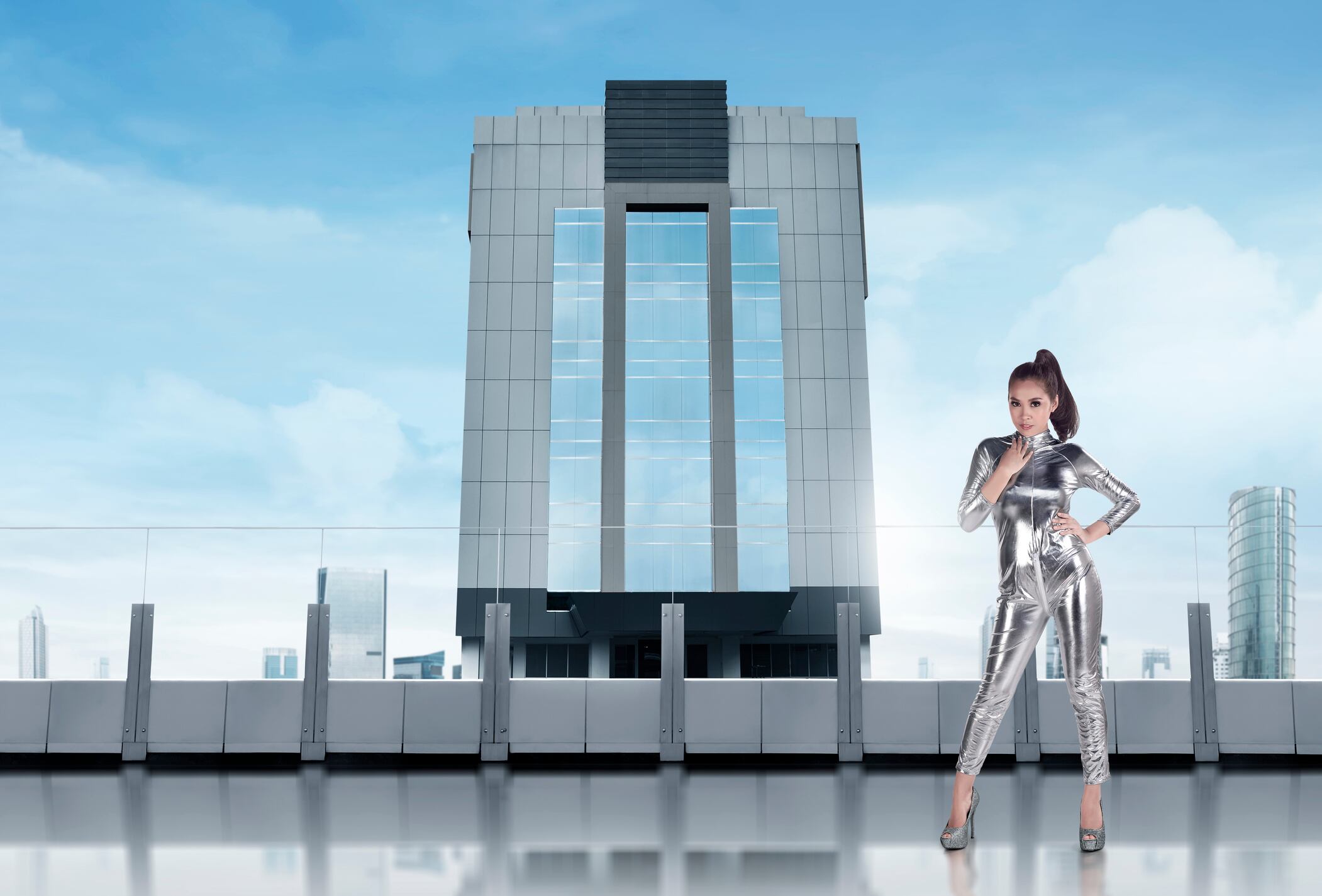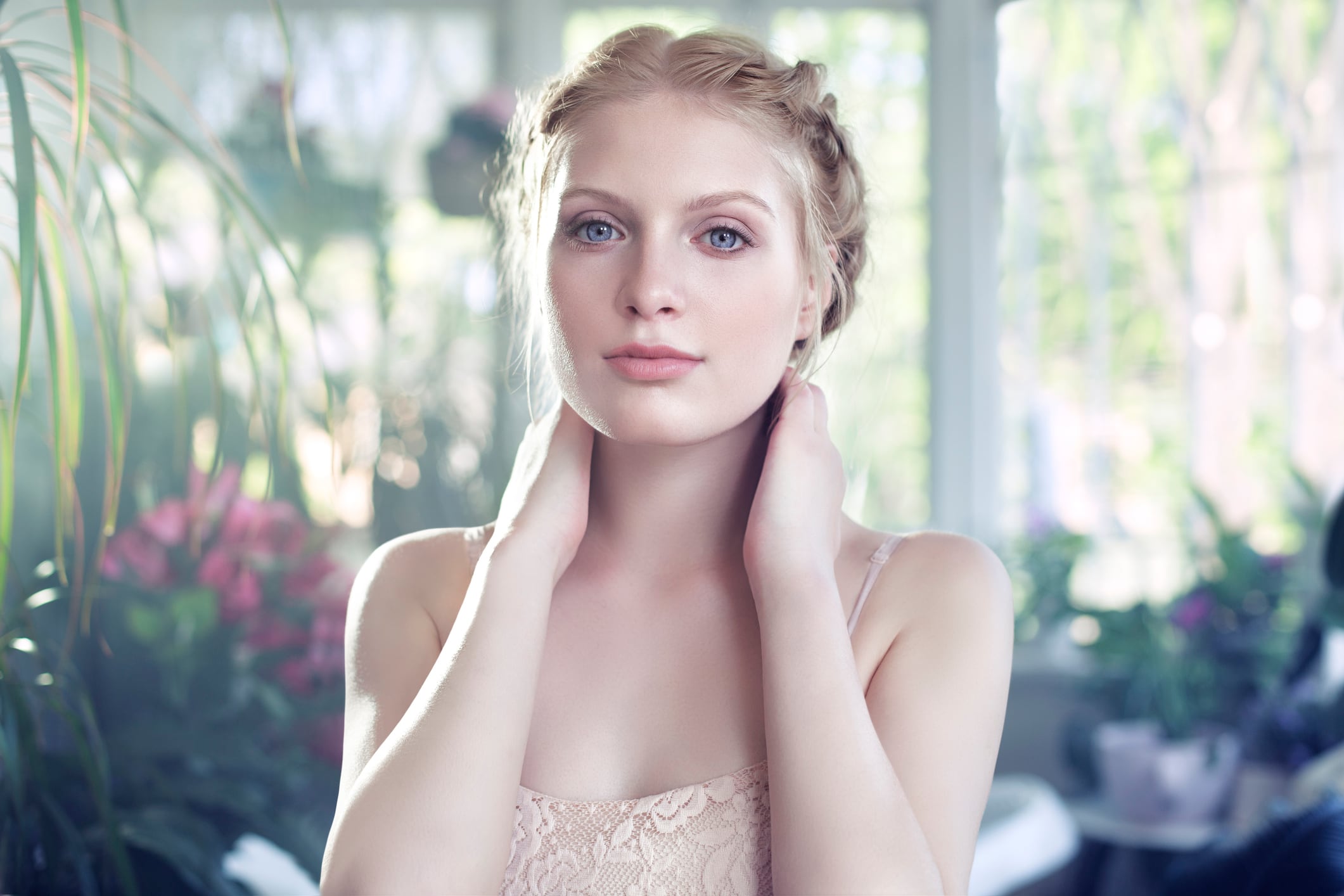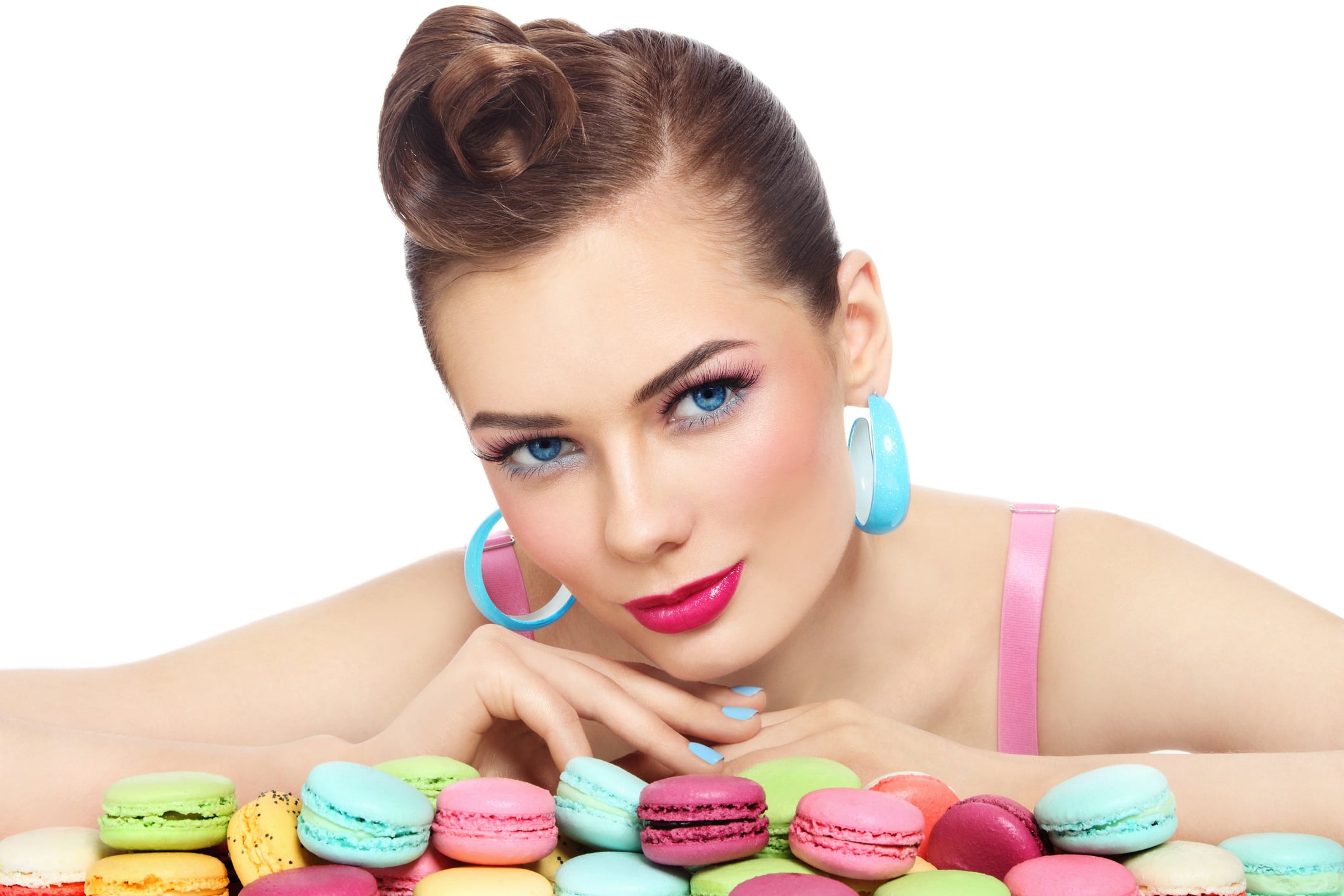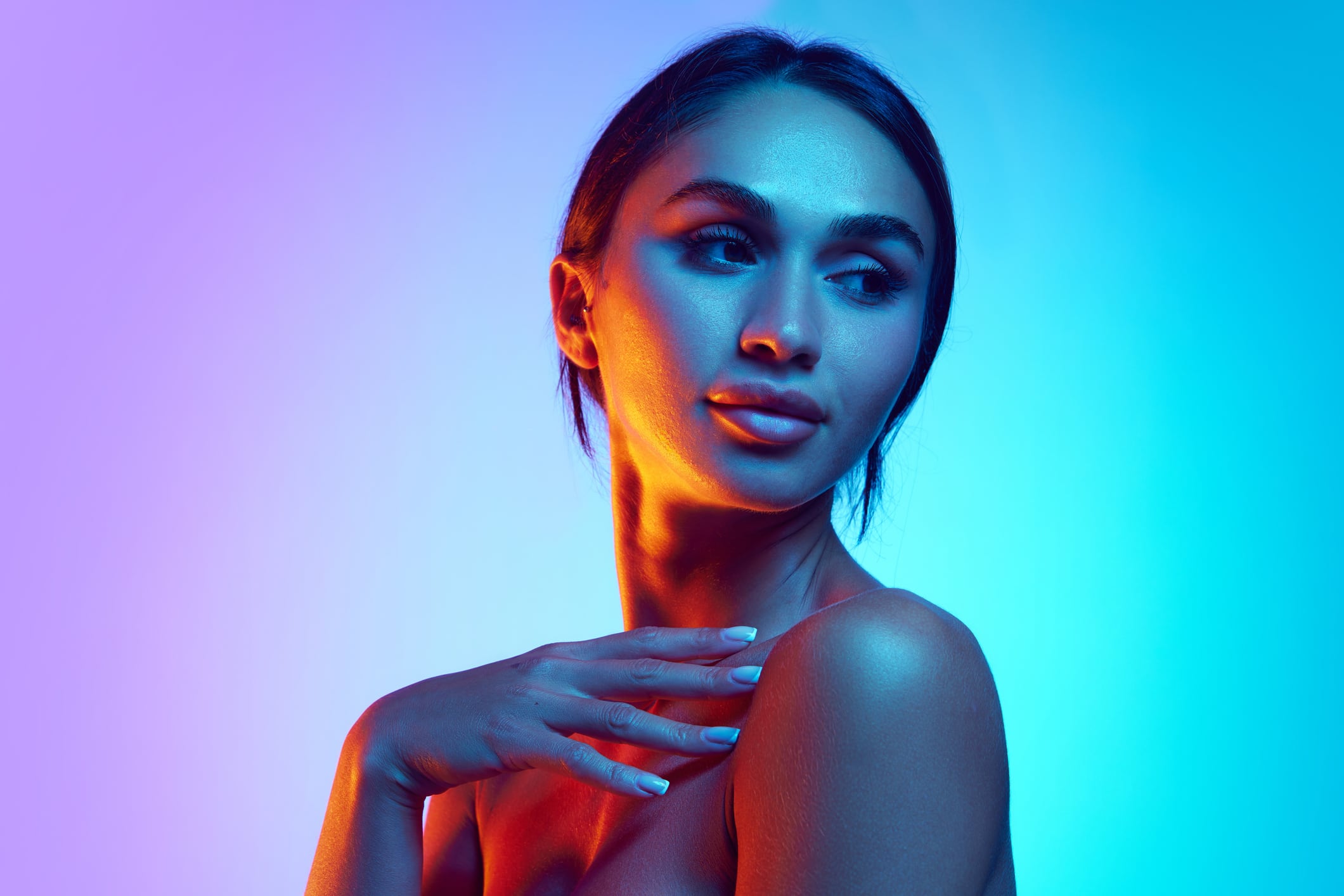Key takeaways
- Six creative trends forecasted to reshape luxury and beauty industries by 2027
- Insights from Carlin Creative’s Edouard Keller at Luxe Pack Monaco
- Trends span tech integration, wellness rebranding, emotional design, and nature-inspired aesthetics
- Key colours and packaging directions revealed for each trend
- Strategic inspiration for formulators, brand owners and suppliers
At the Luxe Pack show in Monaco last week, Paris-based trends bureau Carlin Creative shared its emerging aesthetic codes forecast for 2027.
According to Carlin’s Managing Director Edouard Keller, there are six key scenarios to watch when anticipating colour and packaging trends for 2027. From colour cosmetics shades to beauty packaging design and marketing campaigns, these are the creative directions set to reshape the industry in the coming years.
Sequel
Keller said we have entered a new “mathematics-based era” – marked by increasing space-based innovation through companies like Starlink, Deepseek and Stargate – and that this will be reflected in design, colour and creativity.
For this trend, Keller’s advice was to “bring precision to designs.” He highlighted “ambitious” architecture such as the Grand Egyptian Museum and the Epicon building as points of reference.
Colours aligned with this trend include turquoise and space-age silver, with design elements featuring kaleidoscopic visuals and precious yet functional ornamentation.
Tech Mates
Keller explained that, thanks to the rise of tech-based innovations such as ChatGPT and DeepMind, this trend revolves around “making hyper tech your best friend.”
In the beauty industry, he cited Estée Lauder Companies’ collaboration with Microsoft 365 Copilot, where the partners are building a generative AI ecosystem using Copilot Studio, Azure OpenAI Service and Azure AI Search to gather data, identify trends, build marketing assets, inform research and accelerate product development.
Meanwhile, L’Oréal Groupe and NVIDIA are working together to leverage the NVIDIA AI Enterprise platform for rapid development and deployment of AI, including the scaling of 3D digital rendering of L’Oréal products — a fusion of physical and generative AI.
This trend is centred around clever functionality and humanised technology. Key colours include coral, beige, cream and pale grey, often accented with a flash of colour or embellishment.
Joy
An optimistic and beauty-focused trend, Joy centres around young consumers using products to make life more fun. Keller pointed to the popularity of Pinterest, the rise of ‘Swifties’ (devoted Taylor Swift fans), and the growing attention young people give to their pets.
Central to this is the ‘Kama muta’ theory — an emotion described by expressions such as ‘being moved’, ‘heart-warming’, or ‘emotionally touched’.
Colours linked to this trend are sweetshop pastel hues. Packaging often features whimsical “gentle beasts” like butterflies and ladybirds.
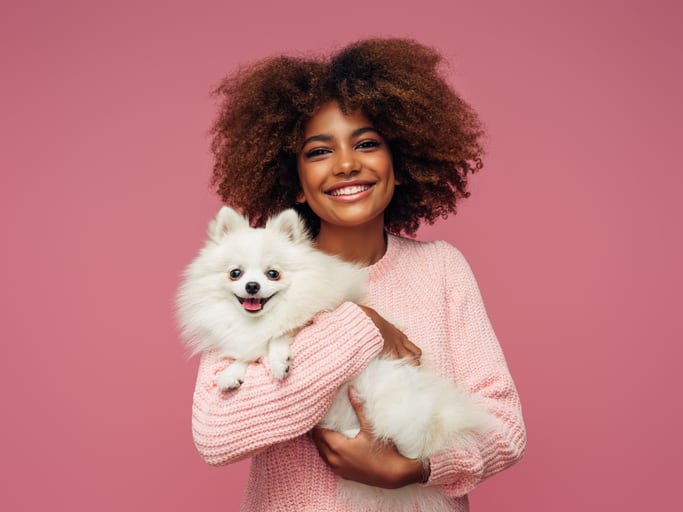
Latitude
This trend reflects the polarisation of society around health and fitness, with Keller noting the increasing use of GLP-1 receptor drugs for weight loss.
He observed that more companies are rebranding with a health-focused identity, highlighting marketing campaigns from brands shifting their emphasis to wellness.
Colours defining this trend include pale yellow, blush, pale peach and pale grey.
Field Trip
This fresh take on the green-living trend is inspired by urban forester Cecil Konijnendijk’s 3-30-300 rule: everyone should be able to see at least three trees from their home, live in a neighbourhood with at least 30% tree coverage, and be within 300 metres of a green space.
Keller referenced Armani’s recent nature-themed popup on London’s Southbank and showcased products inspired by natural materials — dresses and handbags resembling leaves, trainers with earth-like platforms, and homeware mimicking tree bark.
Colours associated with this trend include bright green, muddy brown and sky blue.
Deep Real
This trend is linked to the theory of ‘Hypnocracy’ — “the architecture of reality” — based on a book by Hong Kong philosopher Jianwei Xun. He explores a new form of social control that induces a functional trance through algorithmic modulation of collective consciousness.
In the post-truth era, power no longer represses but manipulates perception. From figures like Trump and Musk to the attention architectures of digital platforms, Xun reveals how contemporary power shapes reality.
Keller suggested brands could create an “illusion of hyper-real,” showing visuals such as a skyscraper made of Louis Vuitton luggage, generated by AI. Colours include bright blue and deep inky shades.


